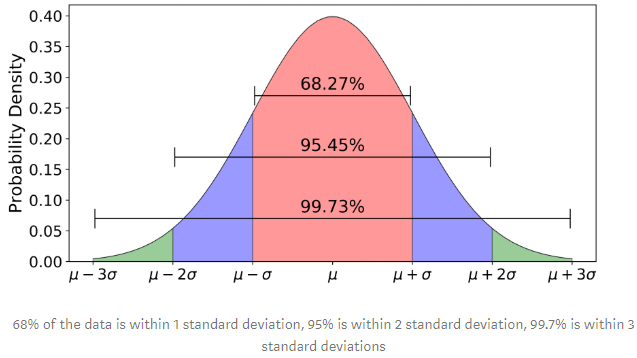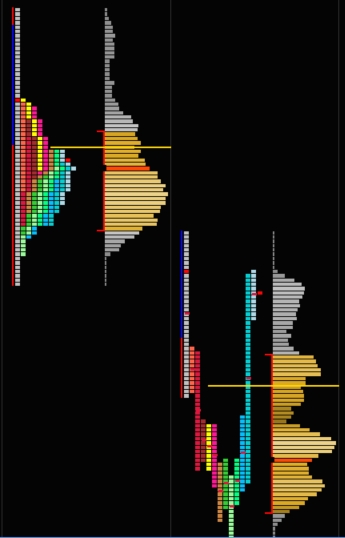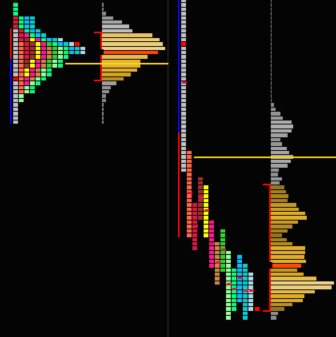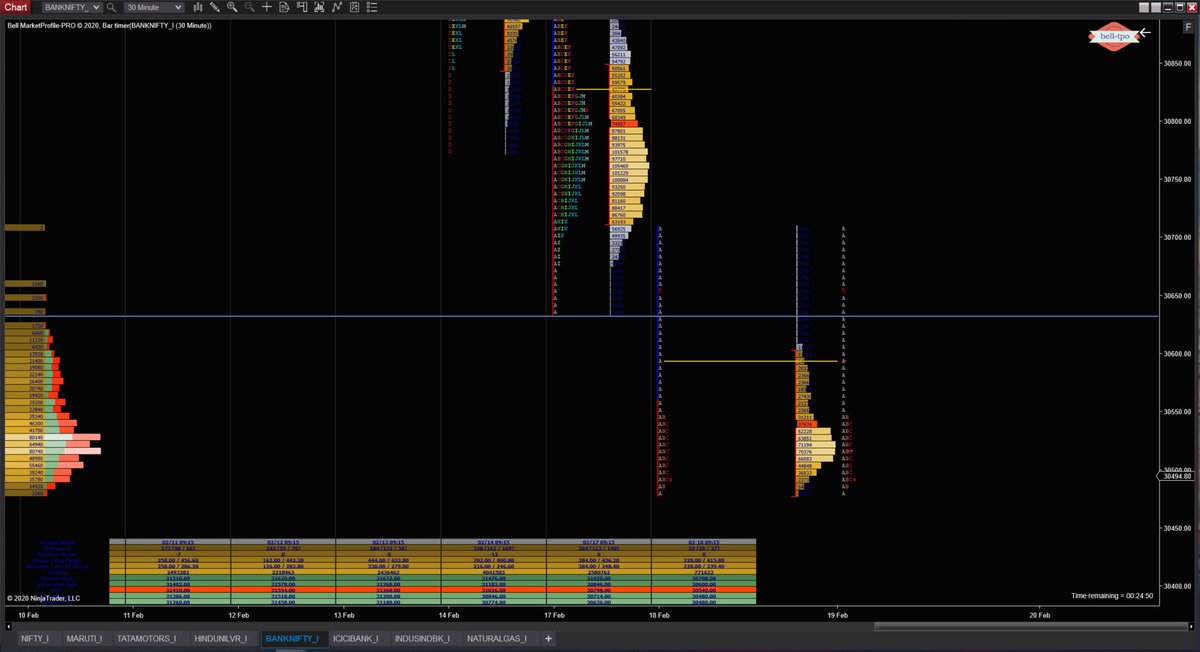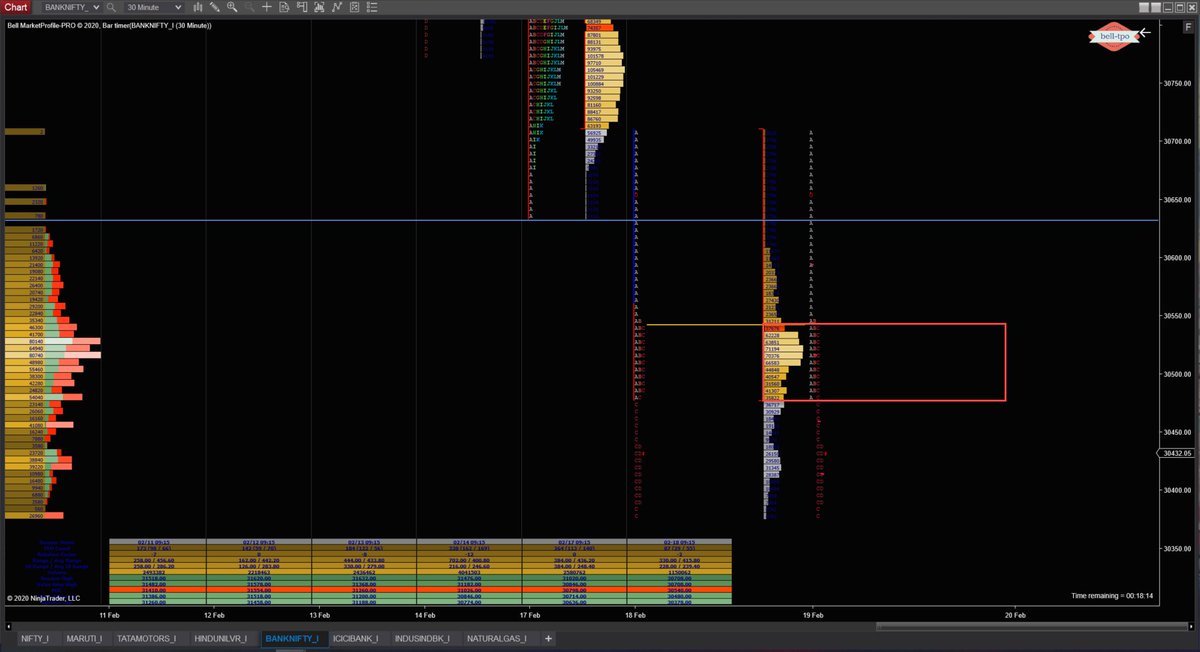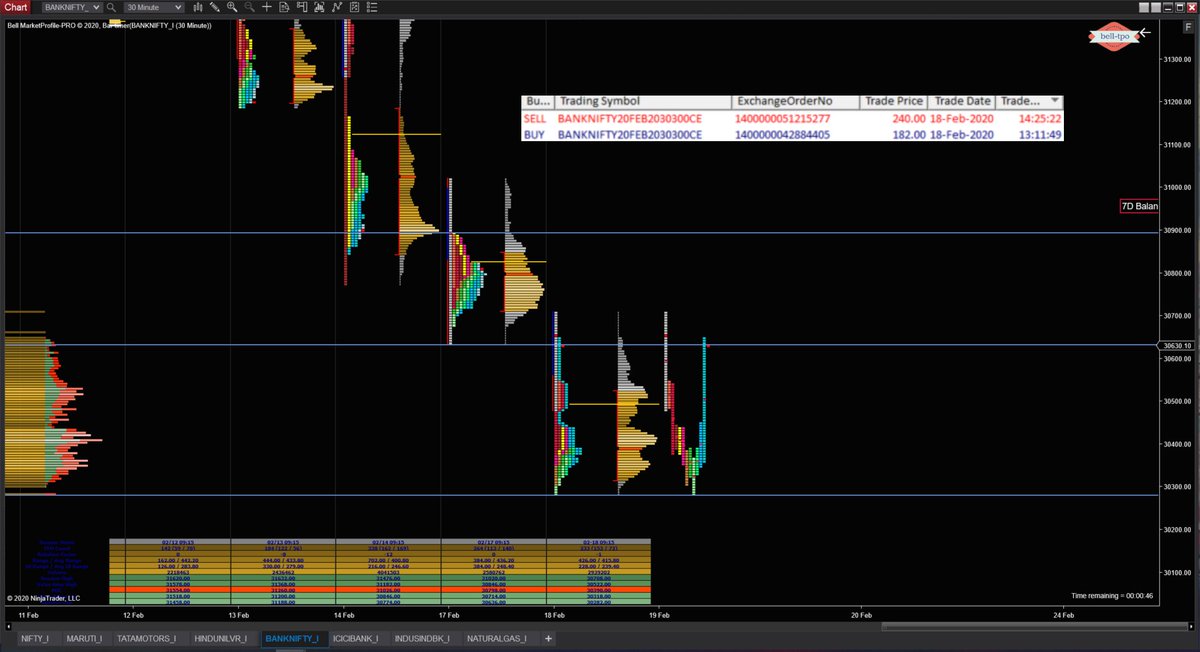Why does Market Profile fascinate me?-In contrast to what candlesticks offer,MP gives a 3D view of looking at price action - Price, Time & Volume. Is this a holy grail? Well, absolutely not! Here are some basics #MPPaatshaala- (1/n)
1) DTF - Day time frame traders
2) OTF - Other time frame traders
DTF are intraday, short term players who has short term interests in the market while OTF have intermediate/long term view on markets - 8/n)
1) Normal Day
2) Neutral Day
3) Non-Trend Day
- (9/n)
1) Trend Day - Very high confidence
2) Normal Variation Day - Good confidence
3) Neutral Extreme Day - Decent confidence
- (13/n)

